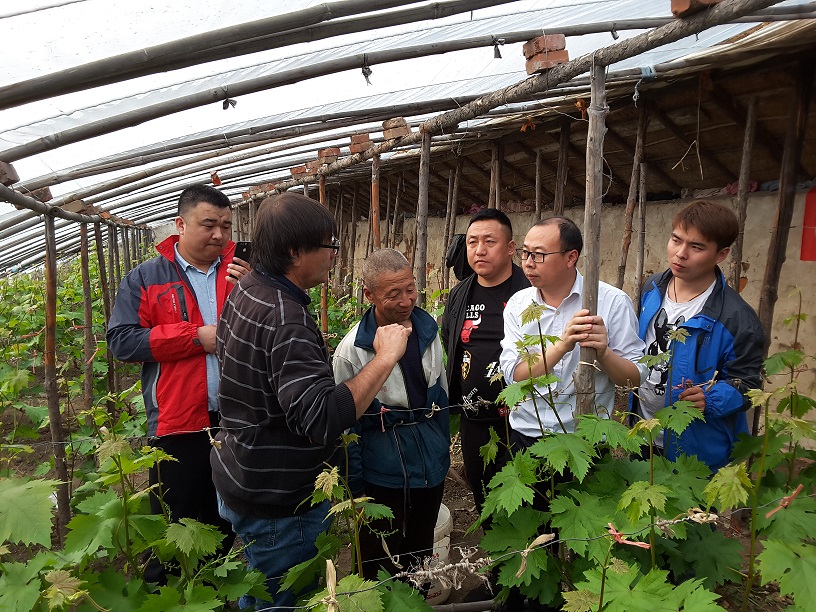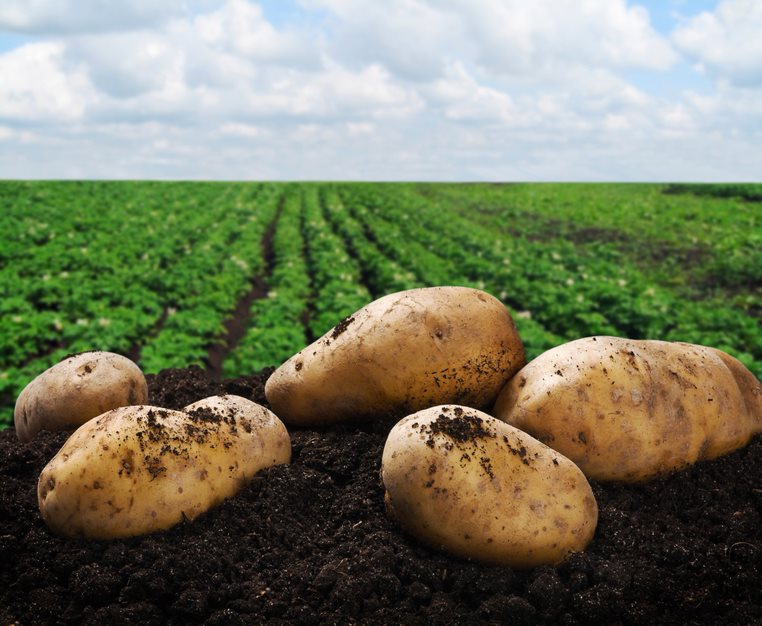It’s well known that Chile (followed closely by Peru) is the world’s leading exporter of fresh table grapes from the southern hemisphere. But, I’ll bet you never knew that China is the number one producer on the planet. It’s true! You might wonder – then why do the Chinese buy Chilean or Peruvian grapes? Well, the answer is simple. The Chinese domestic production is still not sufficient to reach all of the 1.4 billion inhabitants of the world’s most populous country. But, the Chinese don’t just import grapes—they also strive to increase their own local production. With thousands of small family greenhouses, a multitude of small Chinese producers are adopting specialty nutrition strategies to grow even more grapes with still higher quality.
On a recent tour of Liaoning province, I had the opportunity to learn more about the edaphic and climatic realities and challenges that are faced by the small-scale production farmers in the counties of that immense region.
Together with consultants from SQM Beijing, we analyzed the soil and water of the vineyards we visited. As in many regions of the world where there is both intensive and domestic farming at the same time, we find deficiencies of Potassium as a macronutrient, and Zinc as a micronutrient. For each small producer, we made individual potassium recommendations and designed customized strategies. Whether it is in Liaoning, Curicó or Izmir, Turkey, any grape variety will benefit from a specialty nutrition plan—a plan that takes into consideration the particularities of the soil and includes the essential nutrients in balanced proportions and in correct quantities, following the phenological stages of the plant to optimize its potential. How and when to apply? That all depends. But to start with, I recommend one of our studies on foliar application.




